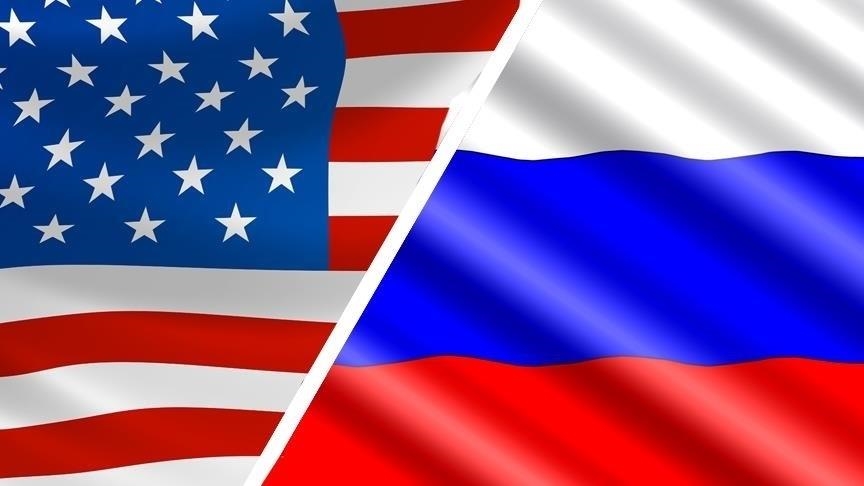Four decades after deploying nuclear missiles in Europe to counter Soviet threats, the U.S. faced significant Cold War escalations, leading to a historic disarmament agreement in 1987. This pact ended in 2019 when then-President Donald Trump withdrew, citing violations by Russia, which Russia denied.
Recently, tensions have resurfaced as President Vladimir Putin announced plans on June 28 to resume production of short and intermediate-range missiles. On July 10, the U.S. disclosed plans to deploy SM-6s and Tomahawks in Germany by 2026, which could potentially carry nuclear warheads.
These developments occur amidst heightened tensions over Russia’s actions in Ukraine and concerning nuclear rhetoric from Putin, raising the spectre of an arms race that now includes China.
Jon Wolfsthal from the Federation of American Scientists highlighted that Russia’s and the U.S.’s moves pressure each side to respond, escalating an arms race.
Andrey Baklitskiy of the United Nations Institute for Disarmament Research noted that these deployments increase the likelihood of direct military confrontations between Russia and NATO.
Experts warn that these escalations could lead to uncontrolled crises. Ulrich Kuehn, an arms control specialist, noted that deploying such weapons in Europe poses strategic threats to Russia, which might respond by targeting the continental U.S.
Additionally, China’s growing missile capabilities, unrestrained by the 1987 treaty, complicate the global arms landscape, prompting the U.S. to deploy intermediate-range missiles in Asia as a countermeasure.
The experts agree that a new arms control agreement akin to the 1980s pact between Reagan and Gorbachev is unlikely, given the current geopolitical tensions and the strategic necessity of matching China’s capabilities. The prospect remains of an ongoing and complex arms buildup involving multiple global powers.






